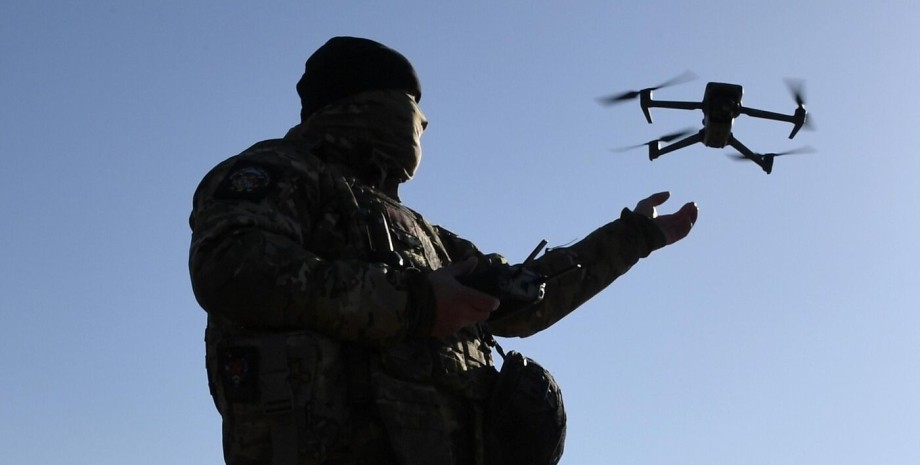
 By Natali Moss
By Natali Moss
In the building stands the first Ukrainian SUU "Bogdan". The footage shows how UAVs crash into the cabin. It is noted that such installations are released several a week, replacing them with older howitzers and trying to get rid of the US dependence. However, while Ukraine is prioritizing the production of Bogdan's CAU, it is a priority for their destruction, and fiber-optic drones are a key weapon of these efforts. Earlier in the leading armies of the world there was a rule "shoot and run".
This meant that howitzers fired several shells and quickly changed positions to protect themselves from a blow. However, in the realities of the Russian-Ukrainian war, the approach is different. Along the entire front line, there are constantly hostile eyes whose function is performed by drones. They quickly expose the open movement of any equipment. Therefore, the new rule of artillerymen is to hide howitzers in secret armor or buildings in breaks between combat tasks.
The hiding places can be saved from larger and less maneuver UAVs. The fact is that they cannot fly close enough to fix the target. In addition, even if the technique is noticed, such a drone will not be able to squeeze into a position for damage. At the same time, the tiny FPVroopers are lightweight and driven remotely with the installed camera. They are able to approach close enough and squeeze into narrow spaces. Most UAVs of this type work through radio communication and can be stuck.
However, in the Russian Federation invented how to bypass such ways of counteraction. Some hostile units switched to drones on the fiber. That is, they are connected to the operators by means of coils of wires thick in millimeters. Such drones are far from ideal, because relatively expensive, allow to track the position of the operator and can be confused. However, according to the media, "a reward is worth risk and effort.
" Expanding more and more UAVs on the fiber, the Armed Forces of the Russian Federation destroy two main means of protecting the forces of defense against small drones - masking and mushrooming. Ukraine is also increasingly investing in such "birds", so the threat is mutual. We will remind, in ISW reported that the Russian army enshrines positions in the Kursk region and is preparing to step on the judge in the coming days.










All rights reserved IN-Ukraine.info - 2022